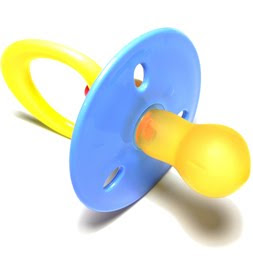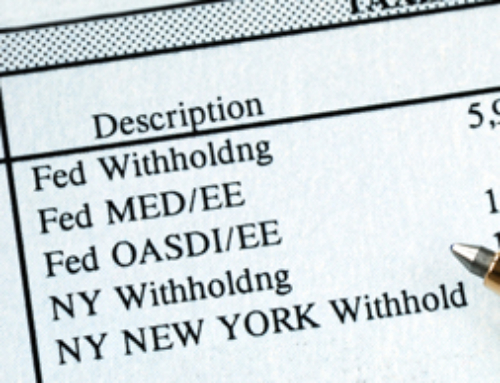 The Nanny Tax: How to Pay Nannies, Babysitters, and Home Help
The Nanny Tax: How to Pay Nannies, Babysitters, and Home Help
When it comes to small businesses, there are about a million tax and licensing laws designed to stifle productivity, creativity, and enthusiasm. But those are nothing compared to the traps ordinary people face in trying to comply with rules of the so-called nanny tax.
If someone works in your home and doesn’t have a full-blown business—with a business license and business cards, etc.—you are responsible for that person’s taxes. In 2010, the person who works in or around your home and earns $1,700 or more from you falls into this category.
Think about the folks you pay directly—babysitters, health-care workers, housekeepers, child-care providers, yard workers, drivers…You know who they are—the people who tend to work under the table, without reporting their income at all.
The IRS makes dealing with these taxes sound simple, as if all you have to do is blithely file a Schedule H, Household Employment Taxes, with your personal tax return each year.
Not even close!
Nanny Tax Paperwork Needed When You Hire
Start out by getting an Employer Identification Number (EIN) from the IRS. It’s available online. Register as an employer with your state, too:
1. Form I-9, Employment Eligibility Verification. Photocopy the two forms of identification used, one of which must be a Social Security card.
2. Form W-4, Employee’s Withholding Allowance Certificate. Get one signed for each employee.
Keep time cards to prove the hours worked. You must issue paychecks, with appropriate withholding for Social Security and state disability. There are lots of online calculators to help you figure out how much to withhold for federal and state taxes.
Nanny Tax Paperwork Needed Quarterly
Each quarter, you must file payroll tax returns with your state and pay the unemployment and disability taxes.
Remember to pay estimated taxes to the IRS to cover your employee’s Social Security, Medicare, and unemployment taxes.
Nanny Tax Paperwork Needed Annually
After the end of the year, in January, you need to file the annual payroll tax returns with your state. You will give your employees a W-2 in January, and you will file the Form W-3 by the end of February (on paper) or March (electronically).
You will attach Schedule H to your personal tax return and pay any extra taxes due.
Exemptions from the Nanny Tax
The good news is that employees under the age of 18 are exempt from the payroll tax rules when they earn less than $1,000 per quarter. I call it the “teenybopper exemption.” It means if a high schooler babysits your kids, or the kid next door mows your grass, you may pay them up to $333 per month (about $75 per week) throughout the year without dealing with the payroll tax nightmare.
Your own children, under 21 years of age, and your spouse are exempt from the taxes. Your parents are exempt—or they might not be. Read IRS Publication 926, Household Employer’s Tax Guide, for more information. Or say to heck with it all and hire a payroll service to do it for you. You will find more nanny tax calculators, service providers, and tips at TaxMama.com.
Last Caveat
Should you ever consider running for public office or get appointed to a judgeship, or any position of visibility, get your house in order—at all costs! Otherwise, pray your in-home help payments never get audited.
Eva Rosenberg, EA is the publisher of TaxMama.com, where your tax questions are answered. Eva is the author of several books and ebooks, including Small Business Taxes Made Easy. Eva teaches a tax pro course at IRSExams.com.
Read More:
Phantom Income from a Short Sale or Foreclosure? TaxMama Gives You Two Ways to Avoid the Tax
New Tax Increase for Wealthy Americans: Will You Pay More?
Tax Tips for Commercial Real Estate Owners
Hiring? Do Your New Hires Qualify You for Tax Credits?






